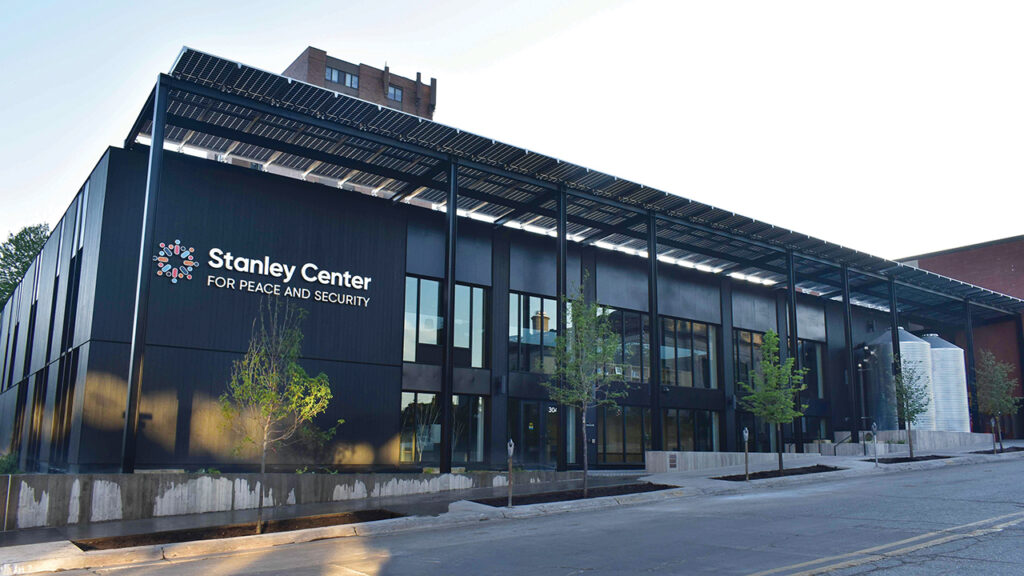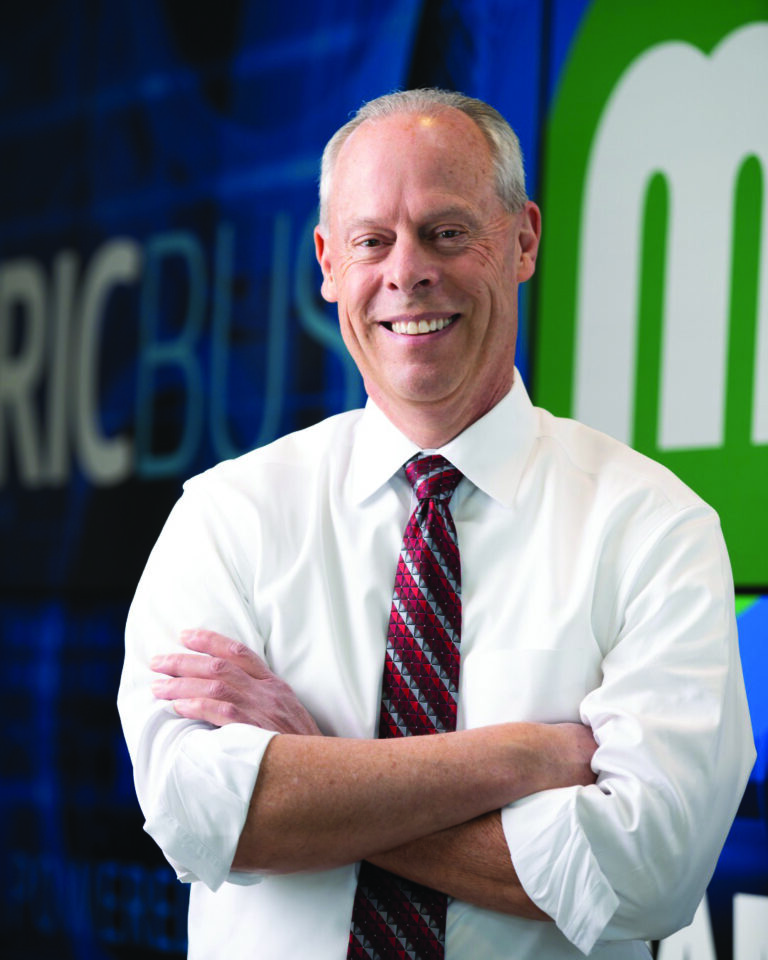
The Stanley Center for Peace and Security is a total renovation of the former Muscatine Public Library located at Iowa Avenue and Third Street in downtown Muscatine. It is one of the historic sites included in the Preserve Iowa Summit. CREDIT STANLEY CENTER
This story is part of the QCBJ’s Newsmakers edition. This year-end wrap-up from the staff of the Quad Cities Regional Business Journal includes some of the biggest stories we brought you in 2023. It’s also a tradition by our parent company, Corridor Media Group, based in North Liberty, Iowa.
This story was originally published in June 2023.
MUSCATINE, Iowa – “In the great Stanley…

Want to Read More?
Get immediate, unlimited access to all subscriber content and much more.
Learn more in our subscriber FAQ.
Do you want to read and share this article without a paywall?






